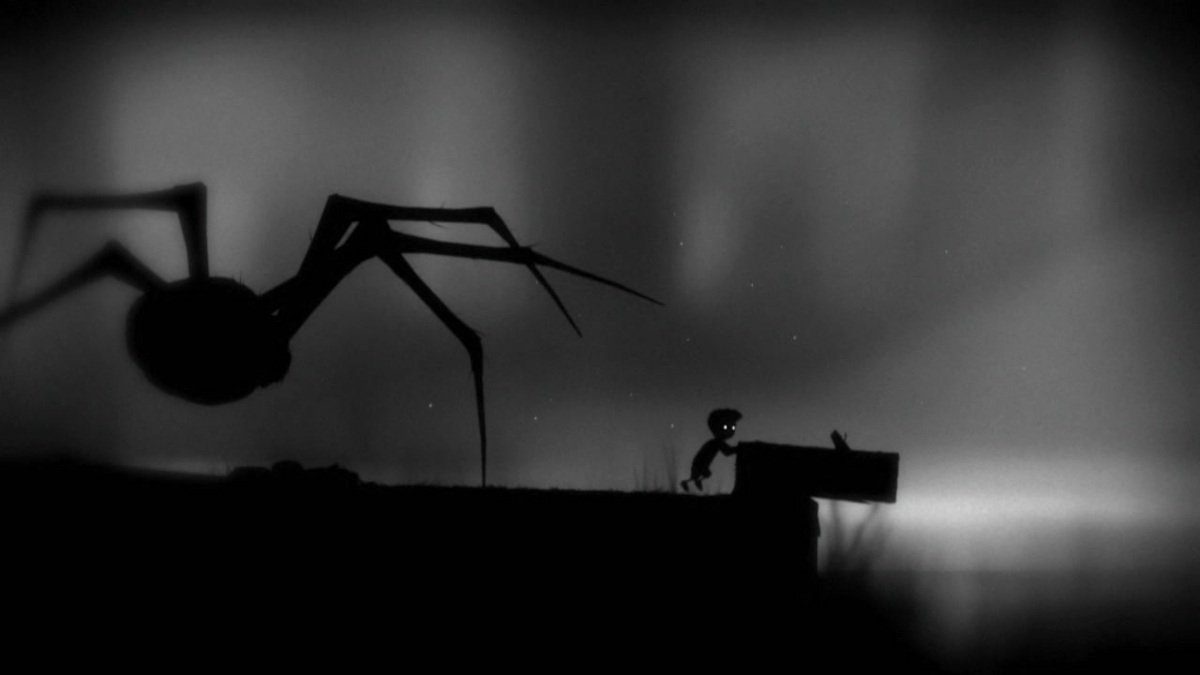Limbo by Playdead, 2010

As a lover of all things whimsical and uncanny, I'd describe discovering Limbo as my first experience being truly in awe of computational art. Developed by the small, Danish studio known as Playdead, it is just as much a work of art as it is a puzzle-based video game. Starting in a dark forest without evident controls or instructions, the game chronicles the terrifying challenges of a young boy as he travels through "the edge of hell." Unlike my favorite movies and books that could fall into the same genre, I'm in love with how Limbo uses code to tell a story and invites you to experience art through interaction. It feels far more intimate than animation; as you are tasked with saving this unfortunate protagonist, the creator invites you to explore and uncover what they've made for you.
Starting as an independent project by Arnt Jensen in 2004, the game took 6 years to complete and expanded to a team of 16 by the time of its release. According to Wikipedia, much of Limbo's artistic direction drew from Jensen's personal experiences as a child and his admiration for the film noir genre. Martin Stig Andersen, an expert in "acousmatic music," compliments the exceptional art direction with an unearthly soundtrack comprised of computer-generated sounds. The game was created using Visual Basic and Visual Studio. Following Limbo's major success, Playdead expanded as a company and developed its second eerie horror game, Inside, in 2017 (as I patiently waited 3 years for its release).
